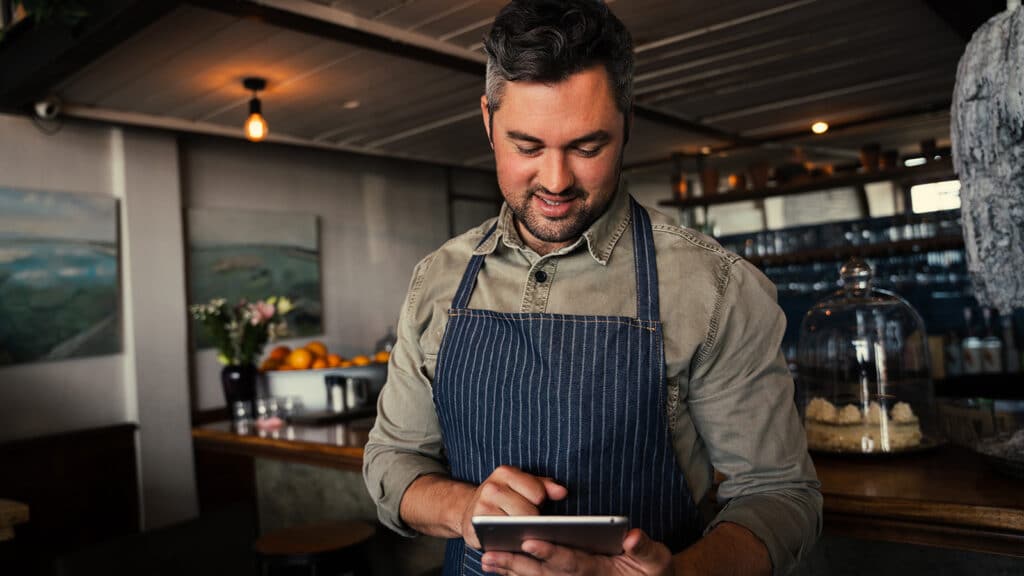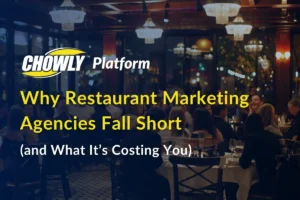When I first learned about Google entering the food ordering business, I was thrilled. I knew at that moment they had the power (if they so choose) to be a force for good in the restaurant industry. They have different motivations than VC backed fast-growing companies (disclaimer, I run one of those VC backed fast-growing companies). For that reason they were, and still are, positioned to help the restaurant industry right when it needs it most.
As an aside, VC backed fast-growing companies are viewed by some in a negative light and many think they’re all evil. They are not evil. They are aggressive. And depending on their stage, they may not a good fit for every customer
Let’s first take a look at why Google is different from others that have come into the space . Google already has the largest consumer demand generation product that is accustomed to interacting with restaurants on its platform. Take Google maps for example, a widely used tool that was created for providing directions is now used as a discovery pillar for customers to seek out information on local establishments — including reviews and menu information. “A place for discovery and reviews” was on every single DoorDash and Grubhub pitch deck when they were raising money. So we have two key parts of the recipe already there – consumer demand and restaurant connections.
The third piece is an interesting one. Gaining customers. This is what most VC money has been used for at third-party marketplaces. Customer acquisition. The amount of $20 free food promotions in the last 10 years could have made a dent in world hunger. There was a lot of it.
However this is where Google excels. They might be the best in the world at it. They already have the customers. People are already using google to find restaurants. Extending that experience to include ordering… a genius move.
Google quietly launched the Google food ordering platform back in 2018 and has since massively expanded it across the restaurant industry through partnerships with companies like Chowly, Olo, and ChowNow. This was to quickly scale the restaurant inventory of businesses that consumers could order from. Google relied on us partners to have a direct relationship with restaurants (to scale faster). This was a fascinating and unexplored approach. One that I personally have never seen in the space; to “immediately give up on the restaurant relationship from the start”.
Nevertheless, this fits the Google way. They are an incredible software company that drives traffic. This is their M.O. Not to mention they could quickly offer and expand Gpay to 100,000 restaurants with just a couple partners. When Chowly partnered with Google, they very quickly became our 4th highest volume ordering platform (I’ll let you guess who the top 3 are).
*Real data from a Chowly restaurant partner—the first 3 months of implementing Google food ordering with Chowly they added an additional $20,000 in revenue.
This was something that I couldn’t have been happier to be a part of. If you’re a restaurant and already have at least one third-party marketplace, you should highly consider adding Google food ordering…
- The commission fees are less expensive than any third-party (through Chowly, you get 5%)
- You get ALL THE CUSTOMER DATA so you actually know who your customers are
- The orders have been proven to be incremental
- If you use Chowly, it’s all integrated right into your POS
Even if you have your own online ordering solution that charges a flat monthly fee, it’s still important to add on Google food ordering. The advantage of having all of your customer data is that you can use it to convert them to your own ordering platform. One thing to note: Not all Google partners give you complete customer data. Many want to keep it and use it to their advantage. Chowly has always believed that the customer data belongs to the restaurant. Their brand is the one that’s on the line.
Chowly has helped thousands of restaurants implement Google food ordering whether the restaurant uses Chowly or not. The next step is to reach out to your ordering partners and make sure this is turned on for your restaurant.
Written by Sterling Douglass, CEO Chowly, Inc.



